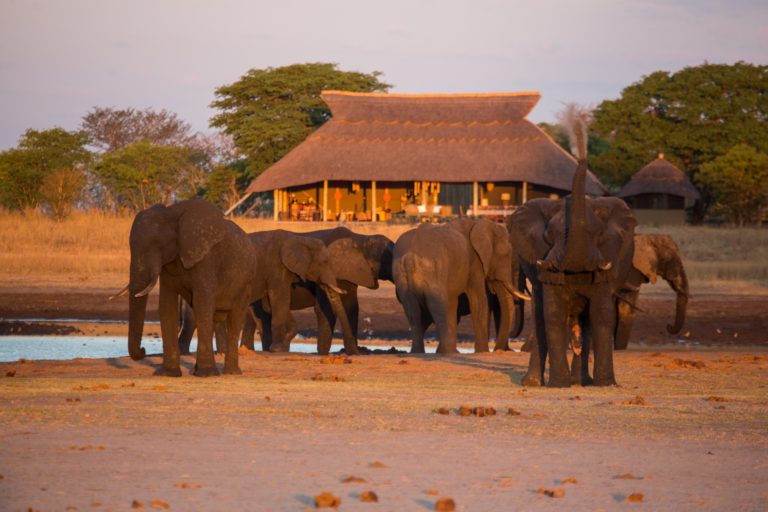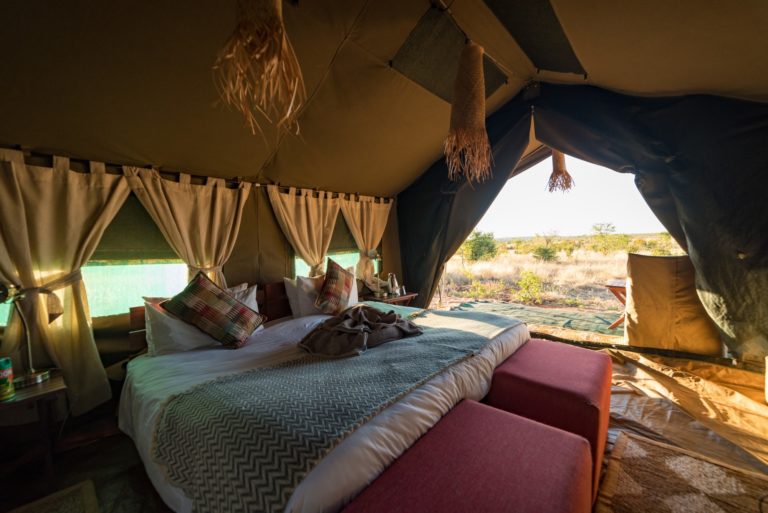Kalahari-Zambezi Ecosystem (KAZA)
Including Hwange,Chobe, Kafue national parks and protecting jewels of africa such as the Okovango Delta and the Victoria falls, this is likely to become one of the worlds premier wildlife destinations. It covers more than half a million square kilometers
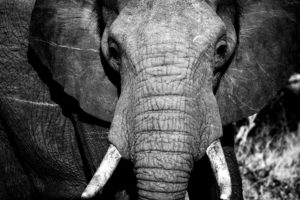
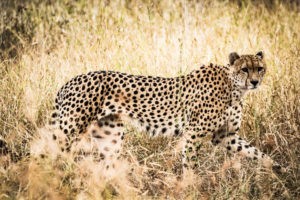
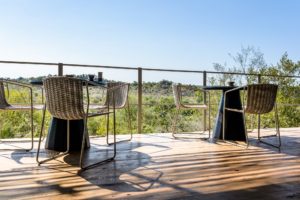
The Kalahari-Zabmbezi Trans-frontier park is perhaps the most daring conservation effort in the world, Including several large national parks, as well as hunting areas and private reserves, this is one of the last great Savannah wildernesses of Africa and plays host to some of the most impressive natural specticles such as the Okovango breaking its banks, spreading life-giving water across the Kalahari desert.
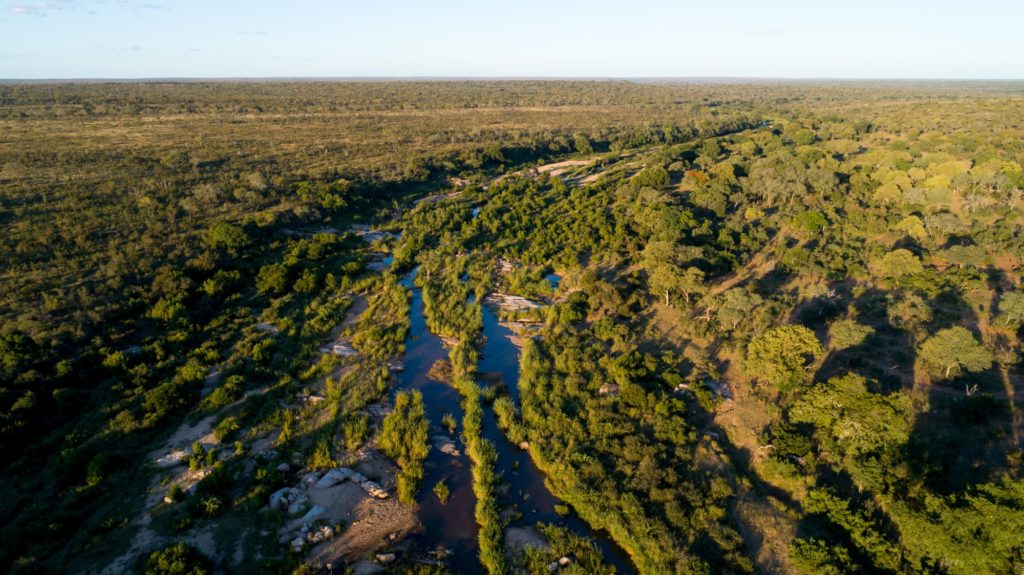
Combining such a huge area into a conservation network is quite a challenge. As well as the huge range of wildlife there is also a significant human population of around 2.5 million.
The KAZA covers an area of 170,000 square miles (quarter of a million square km) and within its borders lives important populations of many animas.
For instance, around 250,000 elephants or about 60% of those on the continent live in this huge area. However these huge animals are not sensbly distributed across the area, and gradually barriers are being taken down to allow the huge herds to return to ancient homelands such as in Angola (where they have learnt to smell the landmines, and so can avoid them).
This is obviously a project that will take many years to complete. However it is clear that its success will greatly benefit conservation in africa.
For my part, over time I hope to list many activities and places to stay within this huge area to support its conservation, and allow people around the world to enjoy this special place.
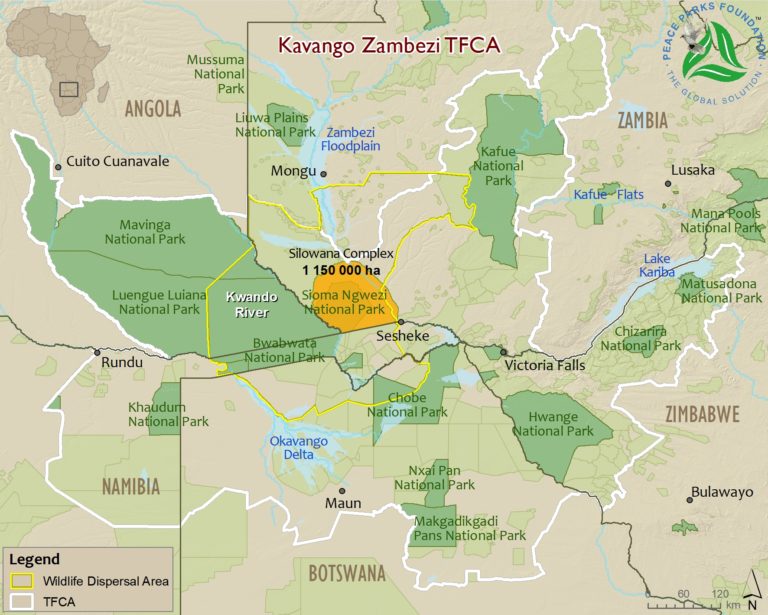
Hwange National park Zimbabwe
The largest National park of Zimbabwe covering an area of 14,651 km2 or 5,657 sq miles.
Initially formed as a reserve in 1922 it was made a national park in 1961. It is one of Zimbabwe premier reserves, with significant populations of the ecotourism big 7 (Big 5 plus cheetah and wild dog)
The hope is that as the Kalahari Zambezi transfrontier park becomes more than just a paper park, it will benefit the whole area. While seemingly large, a park of just over 5000 square miles it will only consist of around 2% of the Kalahari Zambezi transfrontier area, allowing animals to migrate in and out of areas during floods and droughts.
Places to stay in Hwange National Park
Spread around a watering hole, Camp Hwange is a traditional safari permanent camp, with all the rooms getting a perfect view of the watering pool and its visitors, allowing you to laze in the camp as the wildlife comes to you.
Being a seasonal camp it is open from the beginning of May to the end of November.
Click the picture or here to find out more
Hwange Bush camp is nestled under a group of trees, providing very welcome shade, it provides you with a comfortable place to rest deep in the bush.
With the small size of camp (it consists of 6 “rooms”), animals are less afraid allowing you to truly experience the wilds.
This is a seasonal camp as well so is open from the beginning of May to the end November
Click the picture or here to find out more

